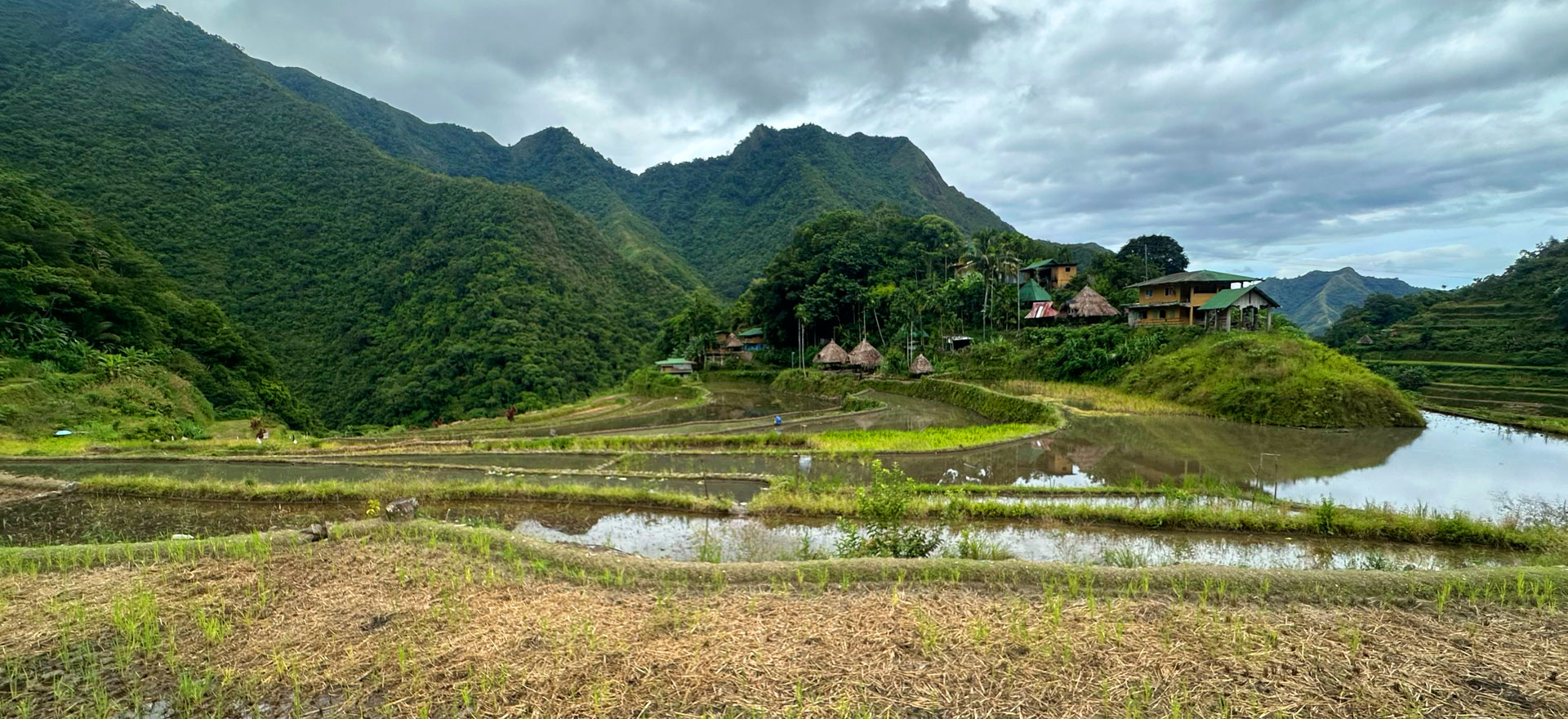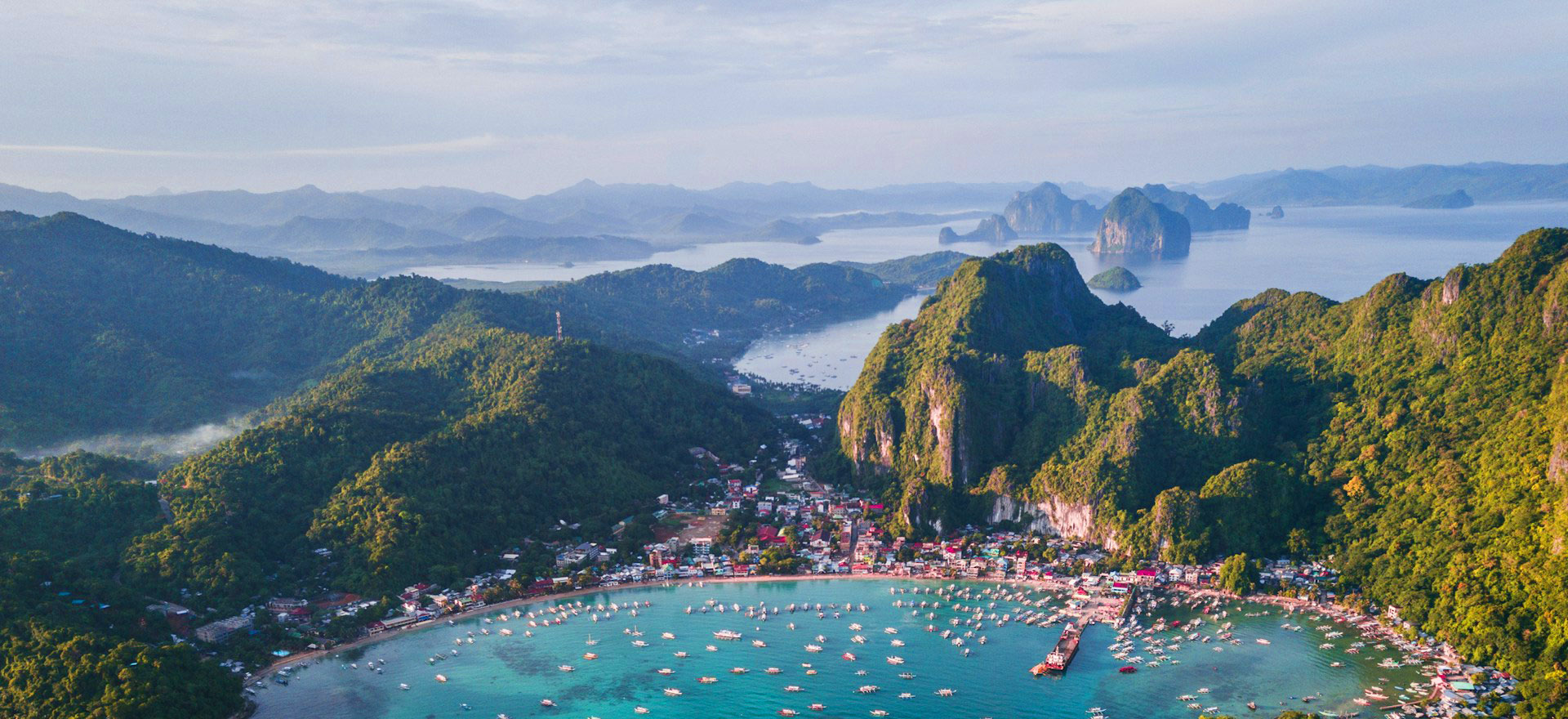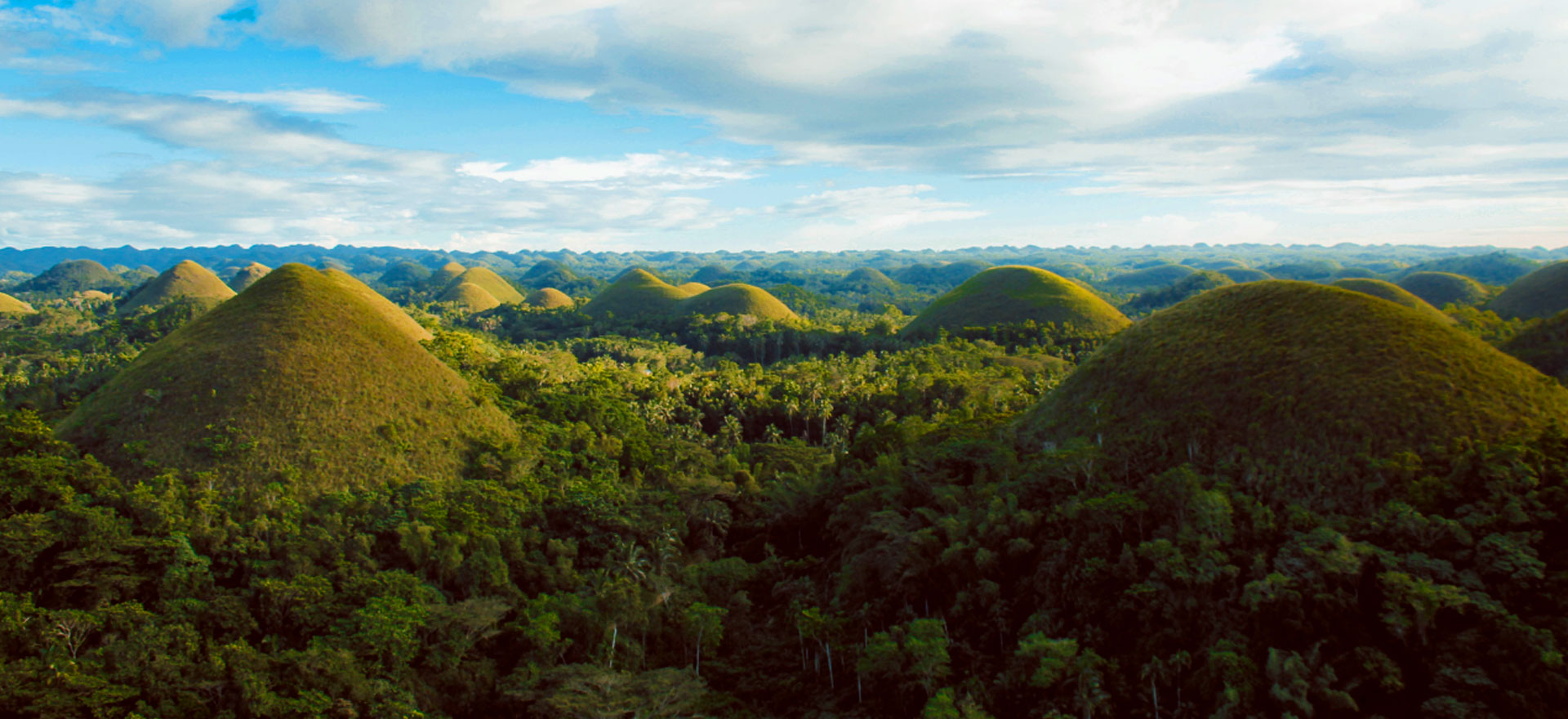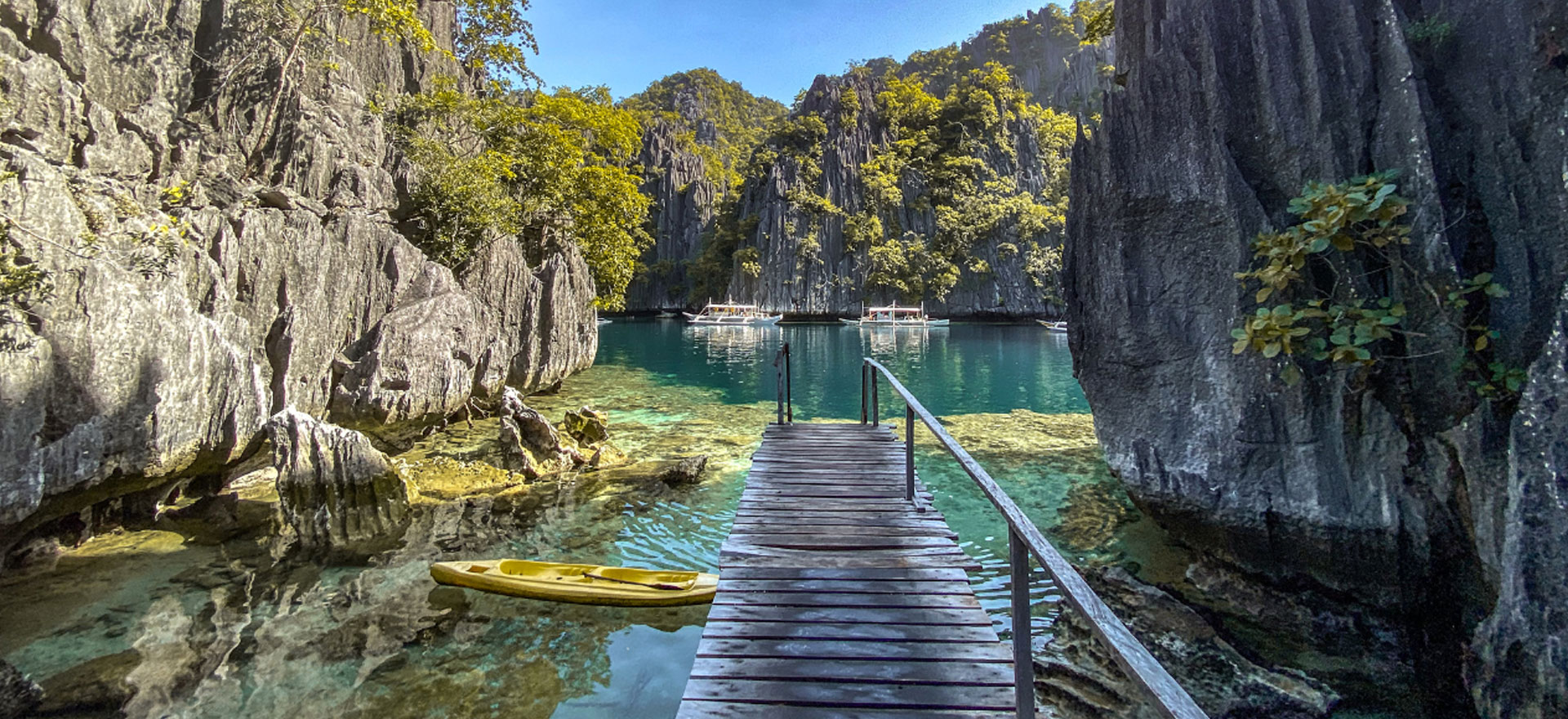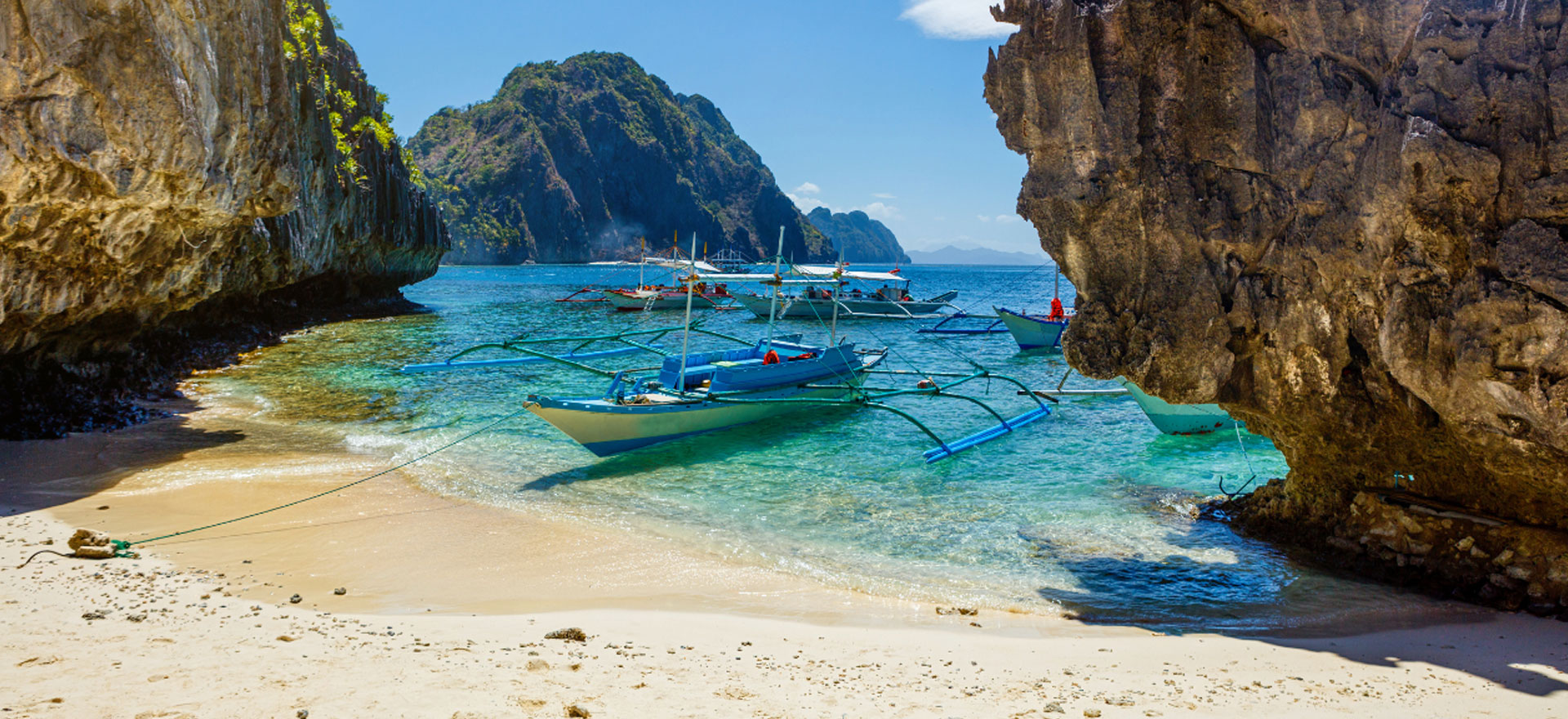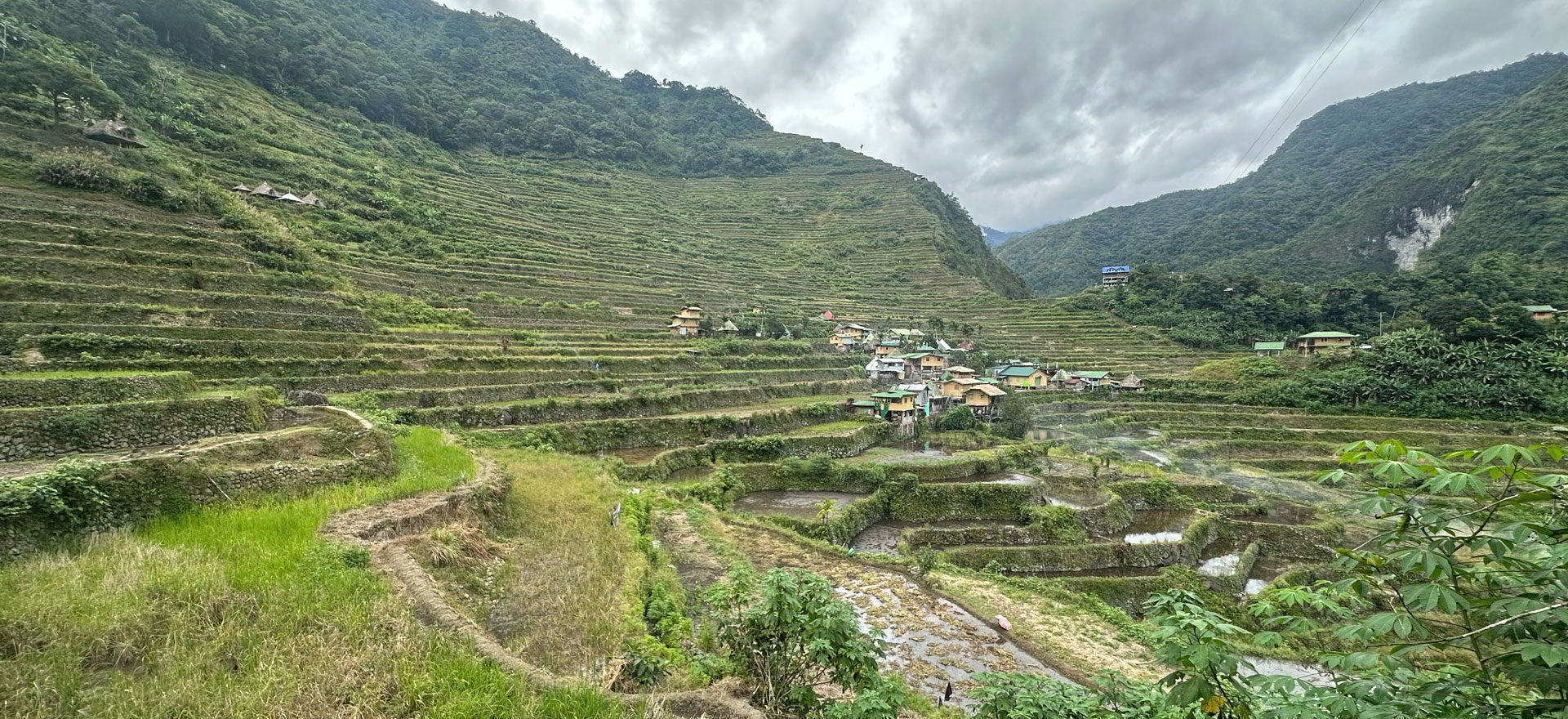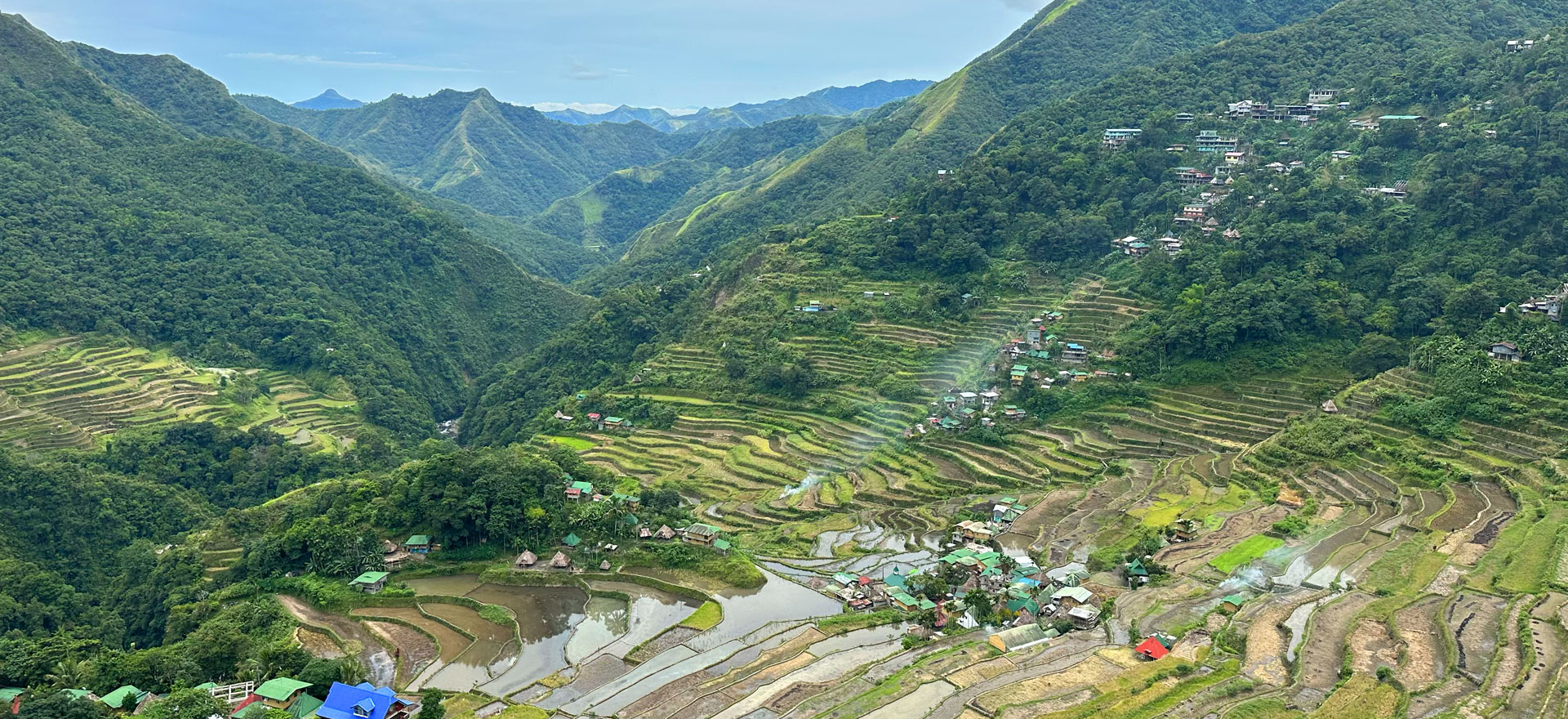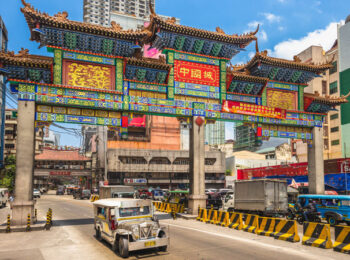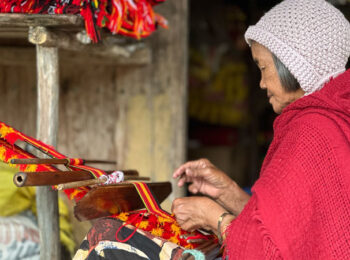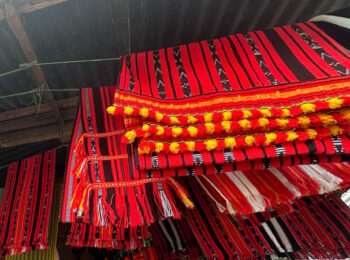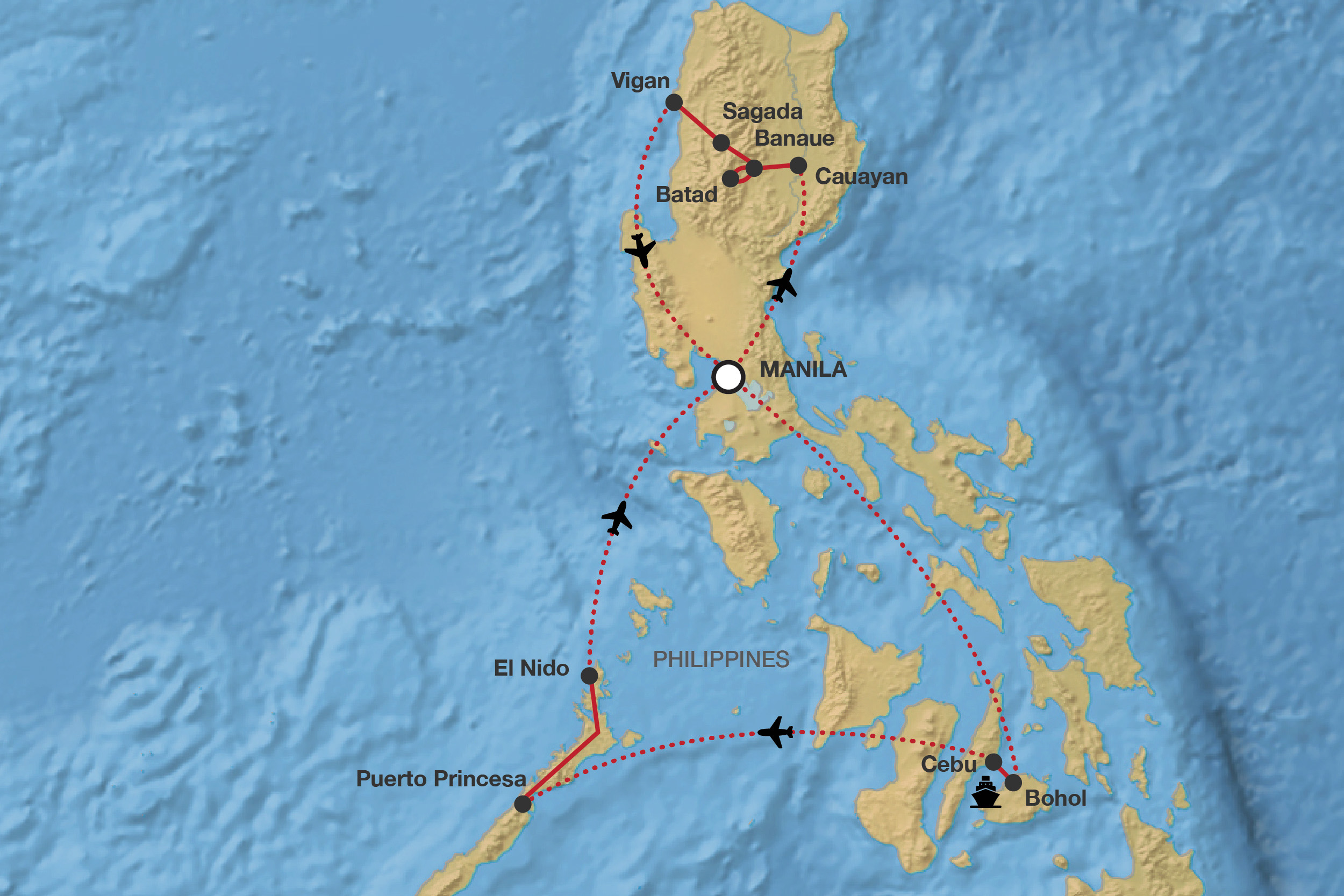Visas
Travellers from the UK, EU, US and Australia can visit the Philippines for up to 30 days without a visa. Visa regulations can change however and so we recommend that you contact your nearest embassy for the most up to date information.
You will need to register on the eTravel system for the Philippines and obtain a QR code to present before boarding your flight. You can register up to 72 hours before your arrival in the Philippines. To register on the eTravel system, please visit https://etravel.gov.ph/
Your passport must be valid for at least 6 months after your arrival date to enter the Philippines.
Health and vaccinations
We are not medically qualified and so we recommend that you speak to your doctor or nearest health professional for advice concerning recommended vaccinations. However, there are no compulsory vaccinations needed to enter either country. For more advice on vaccinations you can also visit https://travelhealthpro.org.uk/countries
Insurance
It is a condition of joining our tours that you have suitable travel insurance in place, and we cannot accept travellers without insurance. All policies differ in terms of what they will cover, but as a minimum you need medical and health cover which will cover you for the whole time that you are away. Most policies will also include cancellation cover, which will cover you if an unforeseen circumstance obliges you to cancel your trip. We recommend that you obtain your insurance as soon as you book your trip.
Please note that government travel warnings often affect the validity of your travel insurance, and you should check this with your insurance company.
Money
The Philippines’ local currency is the Philippine peso, which you may or may not be able to obtain from your local exchange bureau. We recommend taking either sterling or US dollars to exchange.
Changing money is fairly simple – many hotels will offer this service and there are also banks and exchange bureaus in larger towns. Your guide will be able to advise of the best option. Most towns also have ATMs which accept foreign cards, although don’t count on these always working. Credit and debit cards are becoming increasingly accepted, particularly in major cities and tourist areas but do not depend on this as your only payment method. It is advisable to carry a mix of both cash and cards.
Please note that you cannot take in more than 50,000 Philippine pesos.
When to go
The Philippines has a tropical marine climate with two distinct seasons – the dry season (November to early May) and the wet season (late May to October). From March onwards it starts to get hotter as it leads up to the rainy season.
Local conditions
When travelling to some of the destinations we offer, you need to bear in mind that things won’t always work here as we’re used to them working at home. Travelling in underdeveloped and untouristed destinations requires both patience and a sense of humour.
There may be problems with infrastructure, attitudes may be different, and maintenance may not be as high a standard as we would always like, but this is very much part and parcel of travelling in such a place. We aim to resolve any issues as quickly as possible, and thank you for your patience.
Travel advice
We keep a very close eye on the travel advice issued by the UK Foreign and Commonwealth Office so that we can keep you up to date with any warnings. At the time of writing the FCO do not advise against travel to any of the areas we visit on this trip – other nationalities need to check the stance of their own governments.

